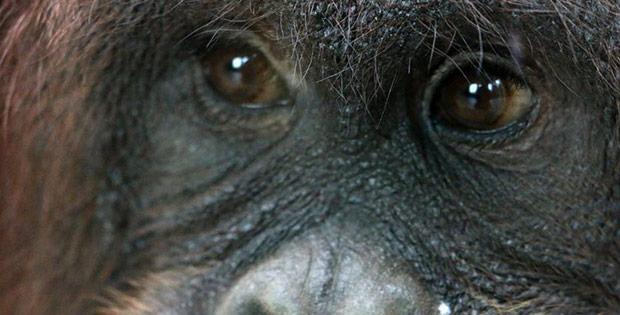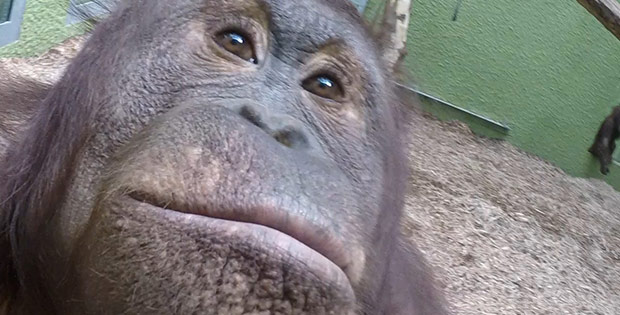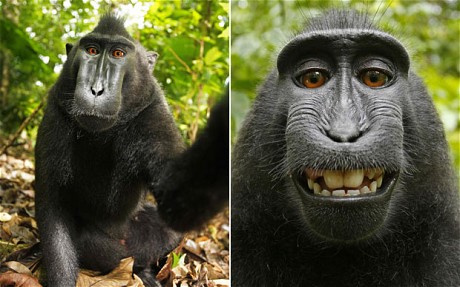Orangutans from Britain’s zoo learnt to make selfie
Two she-orangutans, Cherie and Summer, learnt to shoot and click selfie when a portable camera was intentionally left in their cage by the zoo workers. The camera was given to the apes as part of #OrangSelfie competition announced by Blackpool Zoo last summer in August 2014. Till June 12th, 2015, any visitor of the animal park in Blackpool (California), without age limit, can make a selfie with the orangutan(s), post photos on a personal page in certain social websites and win a prize – family ticket to Blackpool Zoo.
When the orangutan noticed a GoPro camera in the cage, they figured out how to use it very quickly and started to shoot. A footage of around 2 minute long was published on the zoo’s official website. On the video we can see how orangutan Summer points camera at herself for several times. And it seems she likes it.
“We thought we’d see how well Summer and Cherie could handle the camera. For a first attempt, they didn’t do too badly and they seemed to learn a thing or two along the way,” as it is said on Blackpool Zoo’s official website.
The zoo representatives say they had to use a trick to get the camera back from the orangutan. Cherie and Summer left the camera free only when they were offered a delicious banana instead of “a new toy”.
Source: Blackpool Zoo
By the way, Cherie and Summer are not the only apes who knows now how to use camera and click selfies. In 2014 a macaque stole a camera from photographer David Slater and made some photos of itself. Later Slater filed a court case against Wikimedia that published the photos of monkey’s selfie under free distribution rules. The non-profit organization refused to admit that Slater owned copyrights for the photos.
“To claim copyright, the photographer would have had to make substantial contributions to the final image, and even then, they’d only have copyright for those alterations, not the underlying image. This means that there was no one on whom to bestow copyright, so the image falls into the public domain,” Wikimedia representative said.



